Are you thinking about designing a paddock paradise for your horses? Have you just recently heard about the concept and want to know more? Well, you have come to the right place!
If you are looking to redesign your paddock or pasture to create a more natural and interactive habitat, then a paddock paradise might be the answer you have been looking for. A paddock paradise does require some investment and planning, so the following guide will help you decide whether a paddock paradise is right for your horses and your facility.
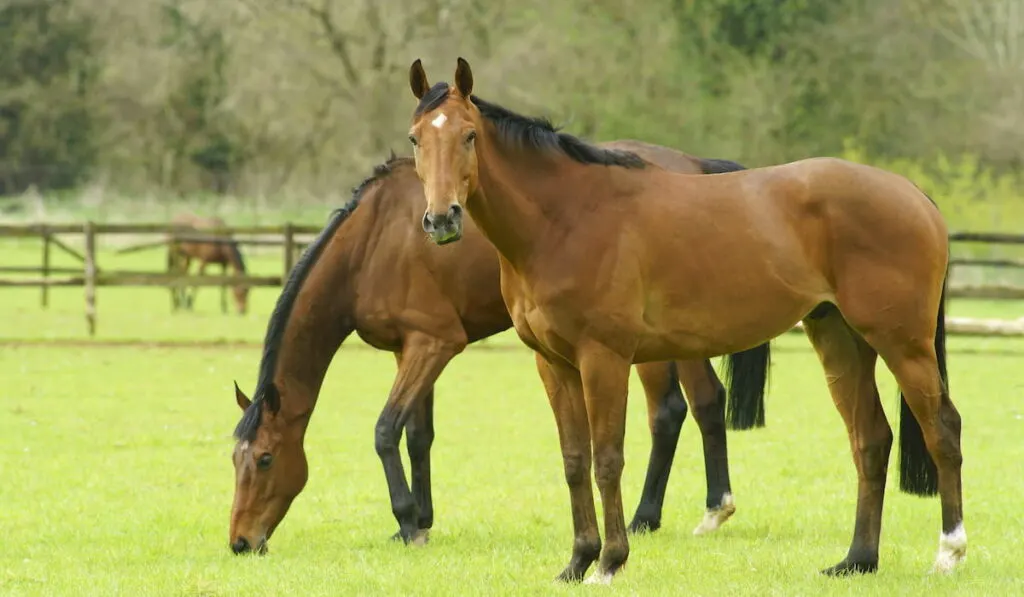
Table of Contents
What is a Paddock Paradise?
A paddock paradise an outdoor equine environment designed to mimic a horse’s natural habitat.
Horses, if left in the wild, naturally prefer to move in single-file lines across natural range trails looking for food and water. A study conducted by author Jaime Jackson is documented in his book Paddock Paradise: A Guide to Natural Horse Boarding .
According to this study, horses naturally like to keep moving to avoid potential predators and to find new forages. In a paddock paradise, tracks paddocks are created by fencing off trails for horses to travel.
The trails can twist, turn, wind and back circle around, or simply surround a pasture. Either way, they will loop back to a common area where horses can rest or find shelter when needed.
The possibilities are endless, but the point is to create a trail-like area that horses will travel throughout the day looking for food and other environmental stimulants, just like they would in a natural, undomesticated habitat. (source)
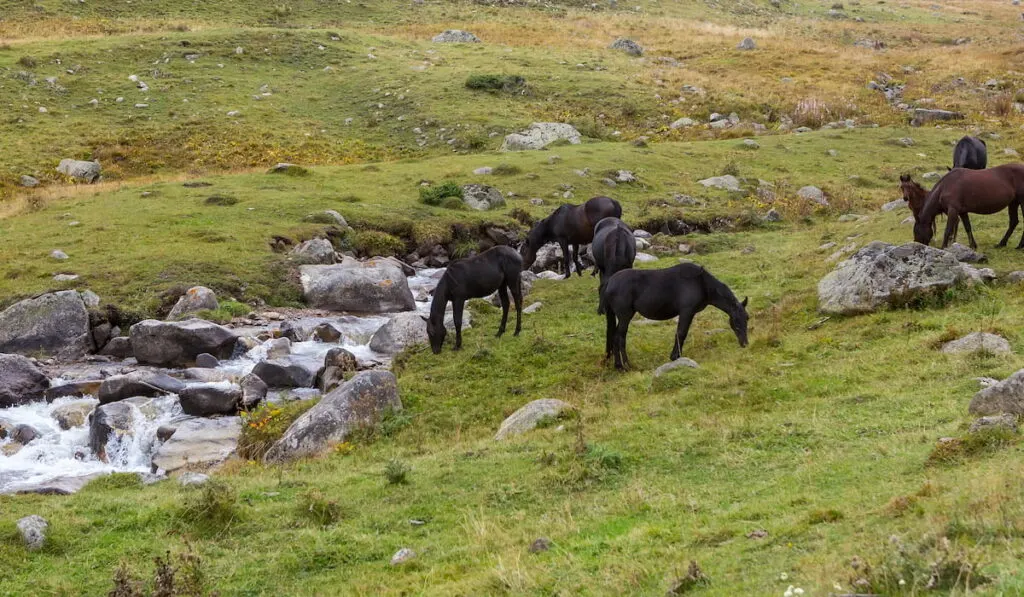
Who Should Have a Paddock Paradise?
Virtually any horse owner that has at least a couple acres of available land can design and implement their own paddock paradise. If you want to maximize the land that you have and create a more natural feeling environment for your horses, then a paddock paradise is probably a good choice for your horse farm.
Many horse owners that have smaller areas of land available to them will choose to implement a paddock paradise to provide their horses with more exercise and interaction than they would get in a regular pasture setting or stall.
A horse owner with only 3 acres of land can create a track-based paddock that will provide their horses with what essentially will be miles of walking area, if the horse continuously walks the trail throughout the day. (source)
Paddock paradises are most ideal for horse owners that only have a few horses. If you have more than 6 horses, a paddock paradise may not be ideal depending on the size of both the horses and the land you own.
How Should I Design the Tracks in my Paddock Paradise?
Deciding how to design the tracks in your paddock paradise depends almost entirely on your land and its composition.
If you have rocky areas or any terrain that you want to avoid and keep your horses away from, you will need to design your tracks around those areas. This may mean that your tracks twist and turn more than others and that is okay.
One of the great things about paddock paradises is that there is no set design that you must follow. That may mean that your track simply wraps around your pasture or it may mean that it moves and turns like a snake and takes up the entirety of your land. Neither way is wrong.
You should create your paddock paradise in whichever way works best for your land and your horses. (source)
Benefits of a Paddock Paradise
Paddock paradises provide a number of benefits to both horses and their owners. By imitating a natural environment, horses can tap into their natural instincts and live their lives more closely to their original habitats.
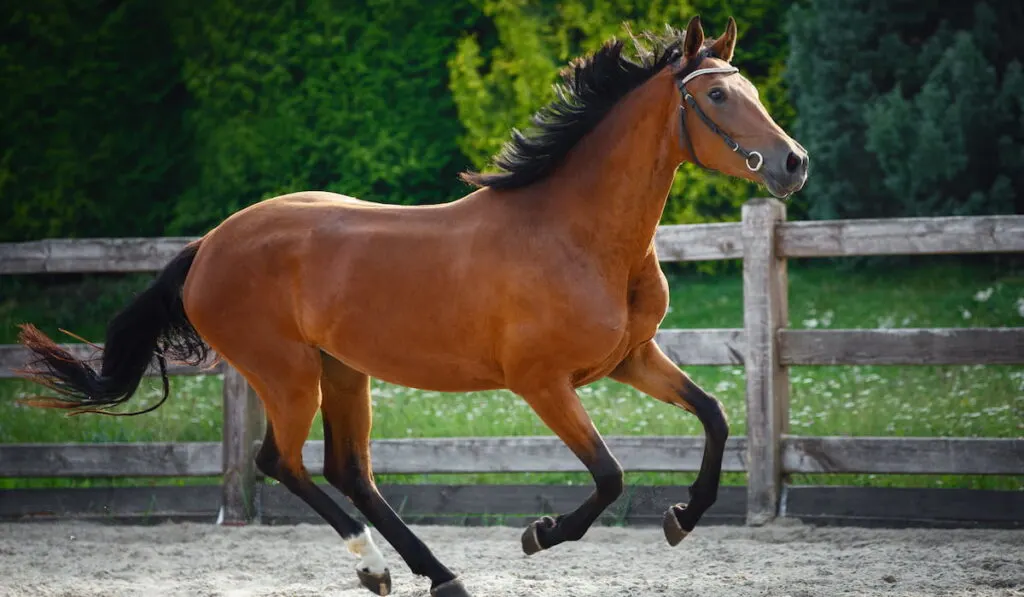
Less Sickness and Injury in Horses
Horses that live in paddock paradise setups are said to be more resistant to diseases and illnesses than other horses.
Since horses in a track paddock system keep moving and aren’t stationary most of the day, they are less likely to get illnesses associated with long periods of standing in stalls or very small paddocks.
The constant movement also keeps their muscles active, maintaining condition and preventing muscular strains and tears that could occur otherwise.
Healthy Weight Body Conformation
Living in a paddock paradise also keeps horses at a healthy weight and muscle condition as they continuously walk around paddocks, staying active and keeping their bodies in motion.
This daily exercise helps overweight horses lose weight and helps them maintain a healthier weight. Their muscles tend to stay toned, as they can walk and run whenever they want and the track setting actually encourages them to keep moving.
Healthy Interactions
Horses in paddock paradises can interact with other horses in a more natural way, allowing not only their bodies to stay healthy, but their minds as well. In large, squared-off pastures, horses just roam around grazing constantly.
In a paddock paradise setup, horses keep moving along the trail with a goal and a purpose. They tend to be happier and get along better with the horses they are living with.
Allow Pastures to Grow
Paddock paradises allow owners to fence off their grassy areas to give them time to grow. Horses graze on grass differently than other animals. They tend to eat grass down close to the root, sometimes pulling it out the roots. They will continuously eat the shortest grass in the pasture, stopping any new growth. (source)
By creating a paddock paradise and fencing off grassy areas, horse owners can allow those areas to grow for a few days before letting their horses back on it. They can make their grass last a little longer through the year, saving owners some money they would spend on hay and feed. (source)
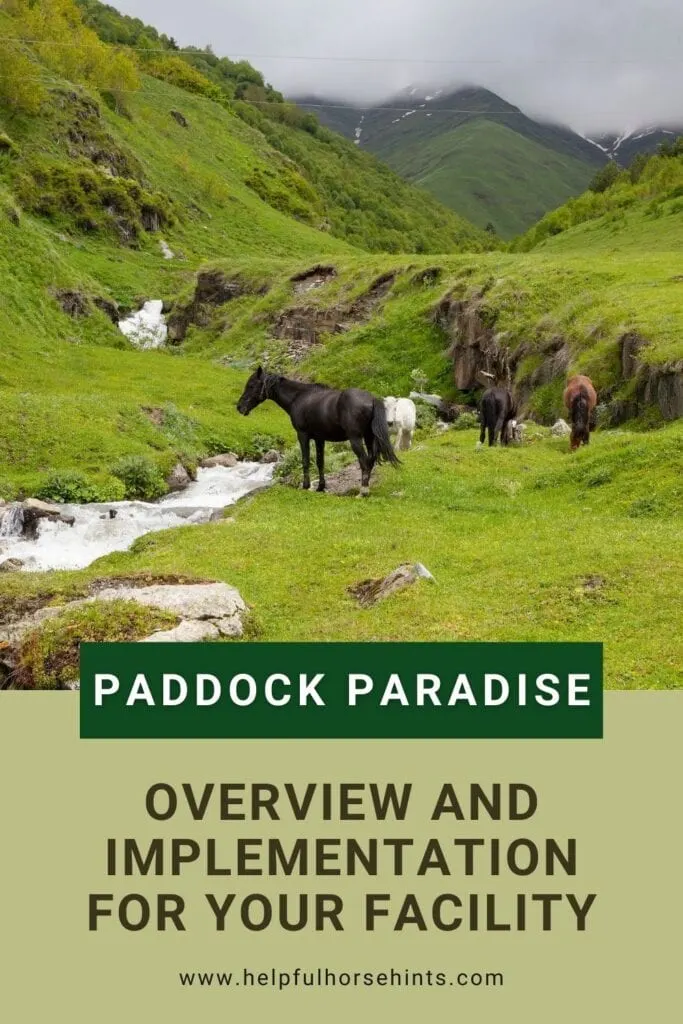
Elements to Include
There are a few elements that are essential to the success of your horse’s paddock paradise.
Narrow Pathways
The pathways along the track do not have to be very wide. Horses will walk in single file lines as they travel along the track, so they do not need large areas to walk in. However, it doesn’t hurt to make them however wide you feel you need them to be.
Some paddocks have tracks that get narrower in certain areas and that is fine, as long as horses can safely walk through them. On areas where you put hay stations, make sure the track is wide enough for the horses to stop and eat safely.
Hay Stations
Since paddock tracks often do not include much grass for horses to graze on, horse owners will need to place hay stations throughout the tracks. You can use hay bags, racks, or other types of hay containers; however, you will need to check the hay stations regularly to make sure the hay has not gotten wet or mildewed. Horses will need regular access to dry, clean, quality hay.
Water Sources
You will also need to make sure your horses have plenty of access to water along your paddock track. You can have a communal rest area somewhere along the tract where horses can get water and shelter. You can set up an automatic waterer to make sure they never run out of water. Be sure to clean the water containers regularly, especially if they are in direct sunlight.
Shade/Shelter
Somewhere along the tracks in your paddock paradise, you will need to make sure your horses have access to shade and shelter of some kind. This shelter does not have to be an enclosed building, but it needs to be easily accessible and provide enough space for all the horses in the paddock. They will need to be able to get out of the sun or rain when needed.
Engaging Objects
Many proponents of paddock paradises encourage horse owners to include engaging objects along the path for their horses to interact with or walk around. You can set up horse toys along the tract or safe objects along the pathway for horses.
Whatever you add, just make sure that your horse cannot get injured on it. Watch for sharp edges or objects that running horses may trip over.
Regular Cleanup
When your horses are spending most of their time walking a track, their excrement will be scattered along the track. For exceptionally long tracks, regular clean up may not be necessary, but if your paddock paradise is set up on a couple of acres, you should go through the track regularly and pick up droppings. This helps to cut down on flies and parasite infestations.
Space Needed
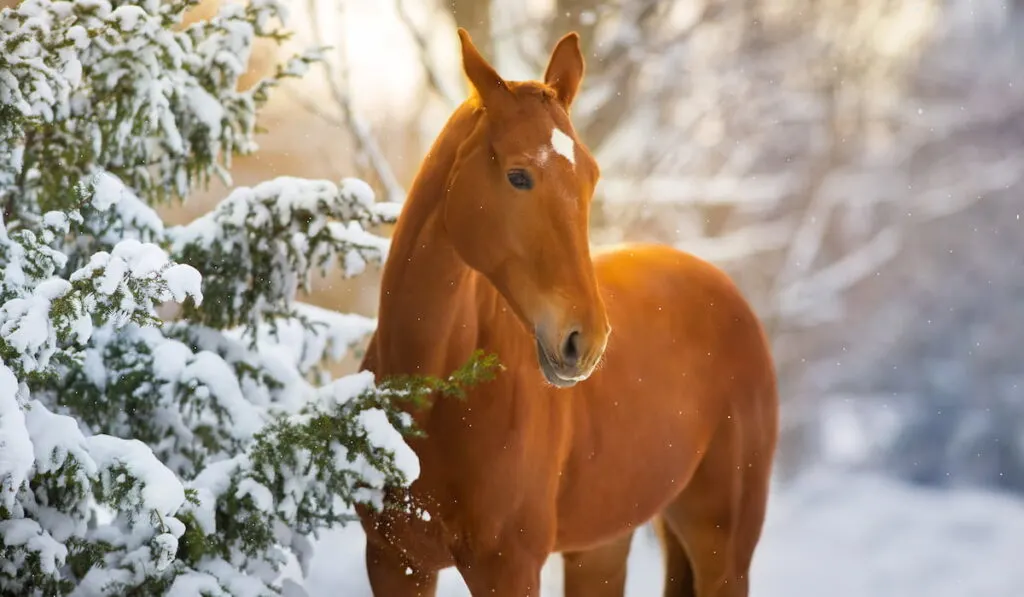
The space that you will need for your paddock paradise depends on the number of horses that you have and the amount of land that you have available.
A benefit of a paddock paradise is that you do not need a huge tract of land. Many horse owners can easily design fully functional track paddocks on as little at 2 or 3 acres of land for 2 to 4 horses.
The more area that you have, the more horses you can add, but make sure the horses in the track paddocks get along.
The narrow pathways make it dangerous if the horses within it do not get along well together. You need enough space so that the horses have plenty of room to move and get away from one another if they want to do so. You cannot safely put 10 horses in a small 4-acre paddock paradise.
Generally, it works best to have just a few horses in a paddock paradise. (source)
Central Space Ideas
There are a number of ideas you can use for the central space in your paddock paradise. Some track paddocks do not include a central space and that is okay, however, you have a few options if you do have the room.
Shelter – You could use the central space inside your paddock paradise for a shelter. It can be partially opened and free of dangerous obstacles. You can leave it permanently open, or open the access when there is bad weather or high temperatures.
Grass Area – You can leave a grassy area in the center space of your paddock setup. In this design, you would leave a fenced-off area where grass regularly grows. You can let your horses graze for limited times each day or a few days a week. This will allow the grass in your pasture time to grow without constantly being grazed.
Hay Growing – You could also use the center space of your paddock paradise to grow your own hay for your horses. The cost effectiveness of this will depend on the amount of land available to you.
Equicentral System vs. Paddock Paradise
Equicentral systems are very different from paddock paradises, but their intent is the same. Both concepts strive to introduce a more natural habitat for horses.
While the concept of a paddock paradise focuses on creating natural track-based environments, equicentral systems promote combining the aspects of both natural habitats and domesticated habitats. Instead of focusing on track paddocks for horses to travel through the day, equicentral systems encourage owners to separate larger pastures into multiple paddocks and connect them to a communal yard for their horses to rest and congregate.
Some designs may include a track leading to the pastures/paddocks, but they do not include large tracks for horses to walk. The horses are free to enter open pastures and return to communal areas as they wish.
The equicentral system does help horses to stay more active and it does allow owners to rotate multiple pastures, giving them time to replenish. If you do not have a large amount of healthy pasture, this may not be a viable option for you.
Final Thoughts
A paddock paradise is a very interesting concept that actually holds a number of benefits for most horses. It helps to provide horses with a living situation that closely resembles their natural environment. It promotes and encourages horses to exercise and explore, just like they would in the wild. They get to travel together in groups and forage for food along the trail. The design of a paddock paradise is extremely versatile and can fit into most land situations. It is definitely a viable option for many horse owners and one that should be strongly considered.

